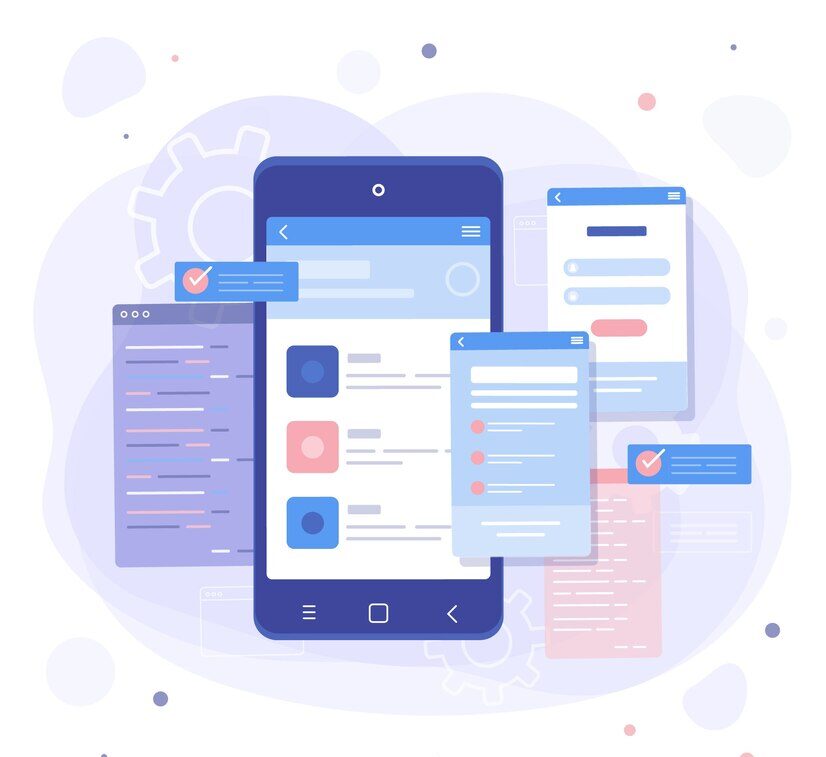Table of Contents
ToggleManaging employee leave doesn’t have to be complicated especially when your time off tracker integrates smoothly with the tools your team already uses. Whether you’re dealing with vacation requests, sick leave, or flexible time-off policies, syncing your tracker with platforms like Slack, Google Calendar, Outlook, and HR systems can save hours of administrative work and boost team transparency.
In this guide, we’ll explore why these integrations matter, how they work, and what features to look for when setting up your workflow.
Why Time Off Tracker Integration Matters
Manually handling leave requests in spreadsheets or disconnected systems can lead to:
Miscommunication between team members and managers
Scheduling conflicts with critical meetings or project deadlines
Inaccurate tracking of leave balances or overlapping time off
Frustrated employees due to delays in approvals or unclear policies
Integrating your time off tracker with tools like Slack or your calendar apps creates a single source of truth, keeps everyone in the loop, and automates tedious tasks.
Key Integrations and How They Help
1. Slack Integration: Leave Management in Real-Time
Slack is where teams collaborate, so integrating your time off tracker here is a no-brainer.
Benefits:
Slash Commands: Employees can check their balance, request time off, or see who’s out using
/timeoffor similar commands.Real-Time Notifications: Notify specific channels when someone requests or is approved for leave.
Manager Alerts: Private messages or approvals sent directly to a manager’s Slack for quick decisions.
Daily Summaries: A morning post showing who’s out of the office that day.
Integration Options:
Native Slack Bots: Tools like Day Off, Timetastic, and Absence.io offer Slack bots.
Custom Slack Apps: For larger orgs, custom-built apps can tailor commands and workflows.
Example Workflow:
Employee enters
/timeoff request June 1 to June 5.Slack bot confirms submission.
Manager gets a direct message to approve/deny.
Upon approval, the calendar is updated and the team is notified.
2. Google Calendar: Keep the Team in Sync
Without visibility into who’s off and when, project timelines can suffer. Google Calendar integration solves that.
Benefits:
Automatic Event Creation: Approved leaves are added to individual and/or team calendars.
Shared Time-Off Calendars: Create a company-wide calendar for all leave entries.
Conflict Avoidance: Teams can plan meetings based on real-time availability.
Recurring Leave Events: Handle regular off-days (e.g., every Friday) with repeating events.
Integration Options:
OAuth & API Sync: Most modern leave trackers use Google’s API to create, update, and delete events.
Granular Permissions: Admins can decide who sees full details or just “busy” markers.
Pro Tip:
Use different color codes for types of leave (vacation, sick, parental) for better visual clarity.
3. Microsoft Outlook & Teams: Enterprise-Ready Coordination
If your organization uses Microsoft 365, integrating with Outlook Calendar and Teams keeps leave data synchronized across tools.
Benefits:
Time Off as Calendar Events: All approved time off is marked as “Out of Office” in Outlook.
Teams Notifications: Teams bot posts time off updates, pending approvals, or reminders.
SSO Authentication: Employees log in using Microsoft accounts to access the leave portal.
Meeting Booking Awareness: When scheduling a meeting in Outlook, unavailable employees are automatically flagged.
4. HR and Payroll System Integrations
Connecting your time off tracker with HRIS and payroll systems ensures legal compliance and accurate recordkeeping.
Compatible Systems:
BambooHR
Gusto
Workday
Zenefits
ADP
Benefits:
Unified Leave Balances: Sync leave entitlements and usage across systems.
Auto-Sync With Payroll: Approved leaves are reflected in payroll calculations.
Policy Compliance: Leave requests follow company and regional policies.
5. Project Management Platforms (Jira, Trello, Asana)
Knowing who’s available helps in project planning and task assignments.
Benefits:
Show Who’s Off: Add “OOO” markers next to assignee names.
Workflow Automation: Automatically reassign tasks if someone is on leave.
Gantt Chart Accuracy: Reflect actual availability in project timelines.
6. Zapier & API Integrations: Custom Workflows
Zapier acts as the glue between thousands of apps. If your time off tracker doesn’t support a native integration, Zapier might.
Ideas:
Add a leave request to Google Sheets
Send email/SMS reminders for upcoming leave
Update a Notion database when time off is approved
For developers, most professional leave management tools provide REST APIs that allow deeper integrations with internal systems.
What to Consider Before Integrating
Data Privacy
Make sure the integration complies with GDPR, HIPAA, or other data protection regulations your business is subject to.Granularity of Access
Can you control who sees what information? For example, avoid showing full leave details to unrelated teams.Support for Multi-Time Zone Teams
If you’re a remote or global company, ensure the tool respects users’ local time zones in calendars.Mobile Accessibility
Some integrations extend to mobile apps—ideal for on-the-go managers or field teams.Ease of Setup
Look for integrations that don’t require hours of configuration. Tools like Day Off pride themselves on simple plug-and-play integration.
Final Thoughts
An effective time off tracker does more than just record vacation days. When connected to Slack, Google Calendar, Outlook, and other systems, it becomes an active part of your workplace ecosystem enhancing communication, preventing scheduling mishaps, and giving your HR and management teams a clearer picture of team availability.
Whether you’re running a small remote team or managing hundreds of employees across departments, integrated leave management isn’t just a feature it’s a strategic advantage.
